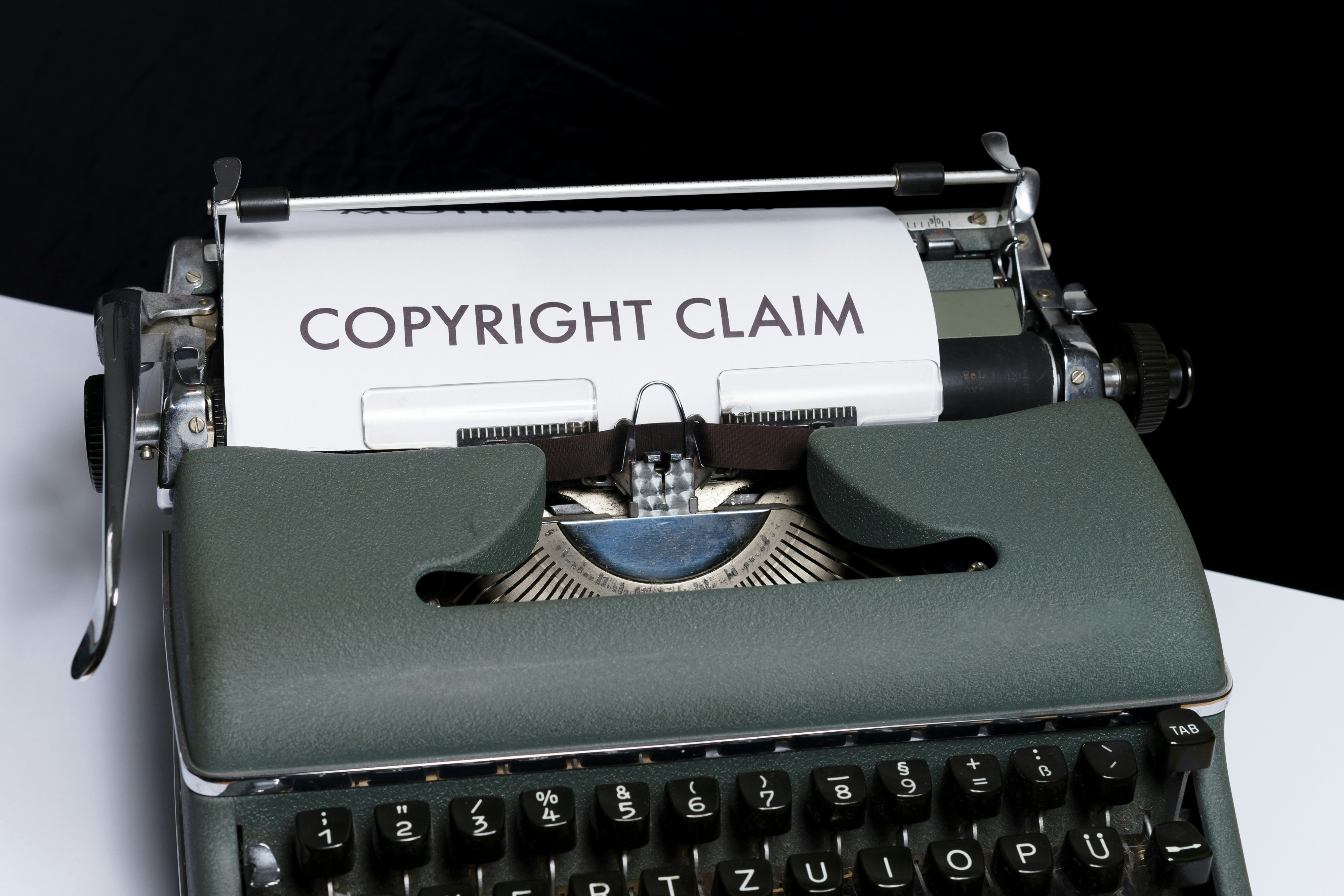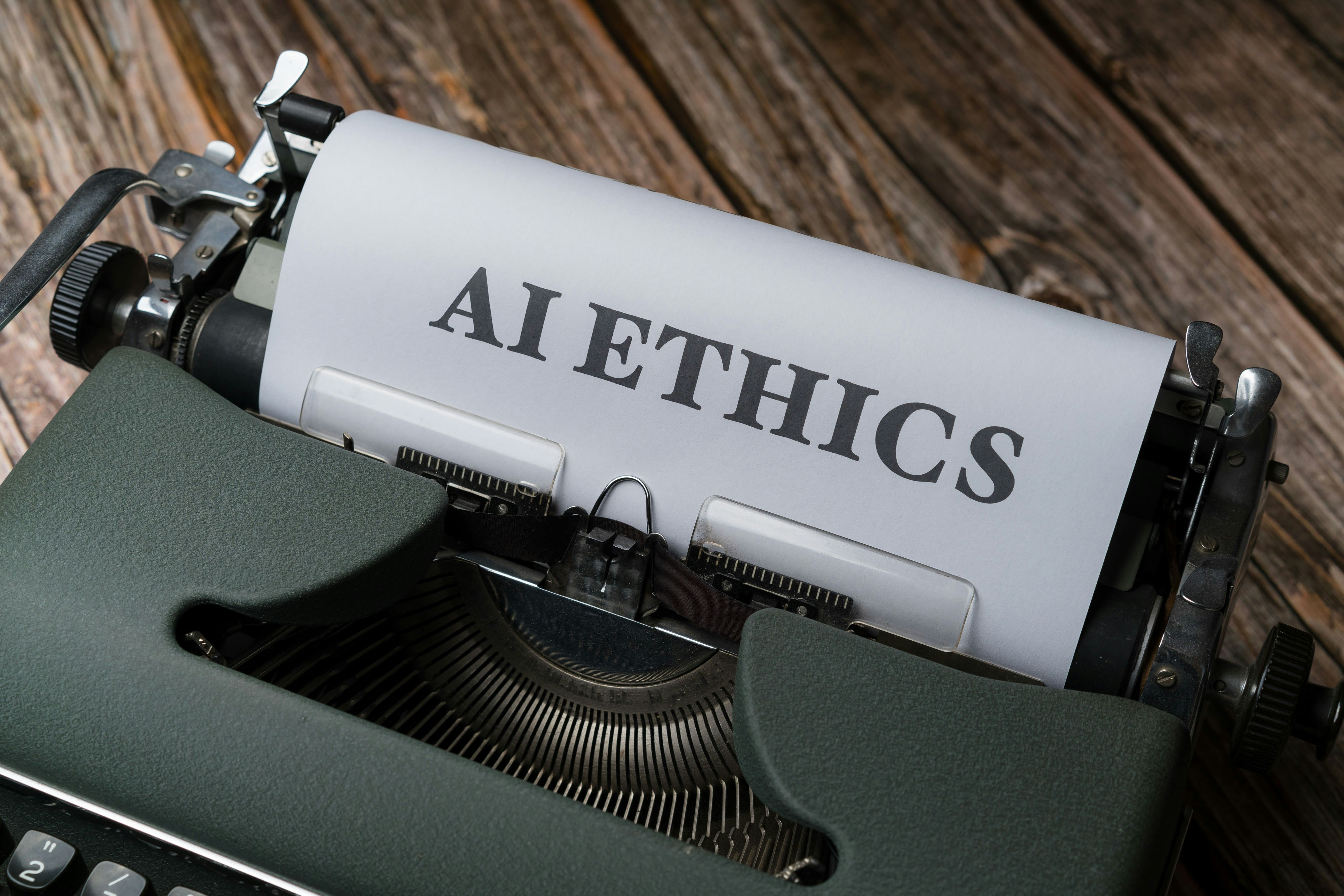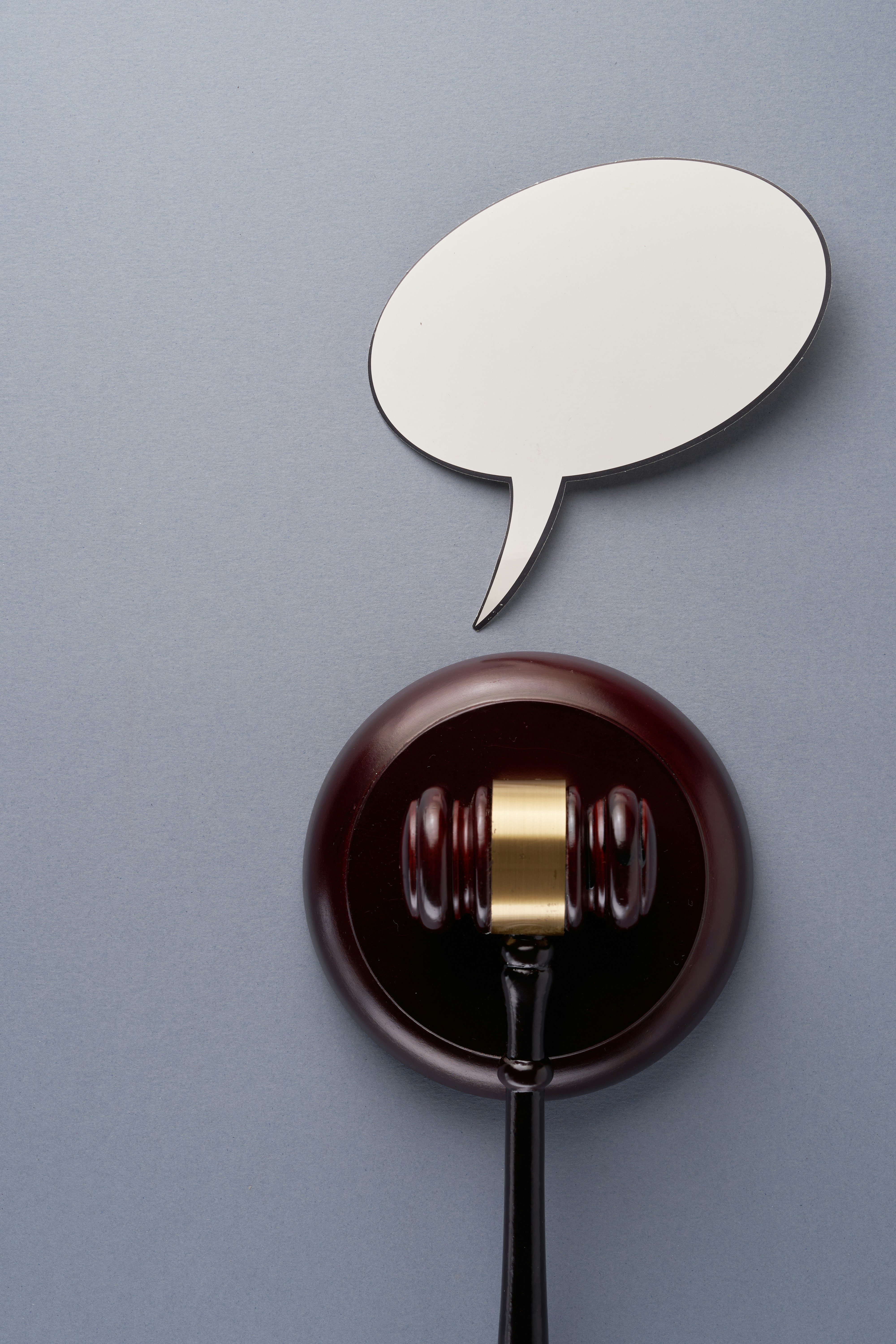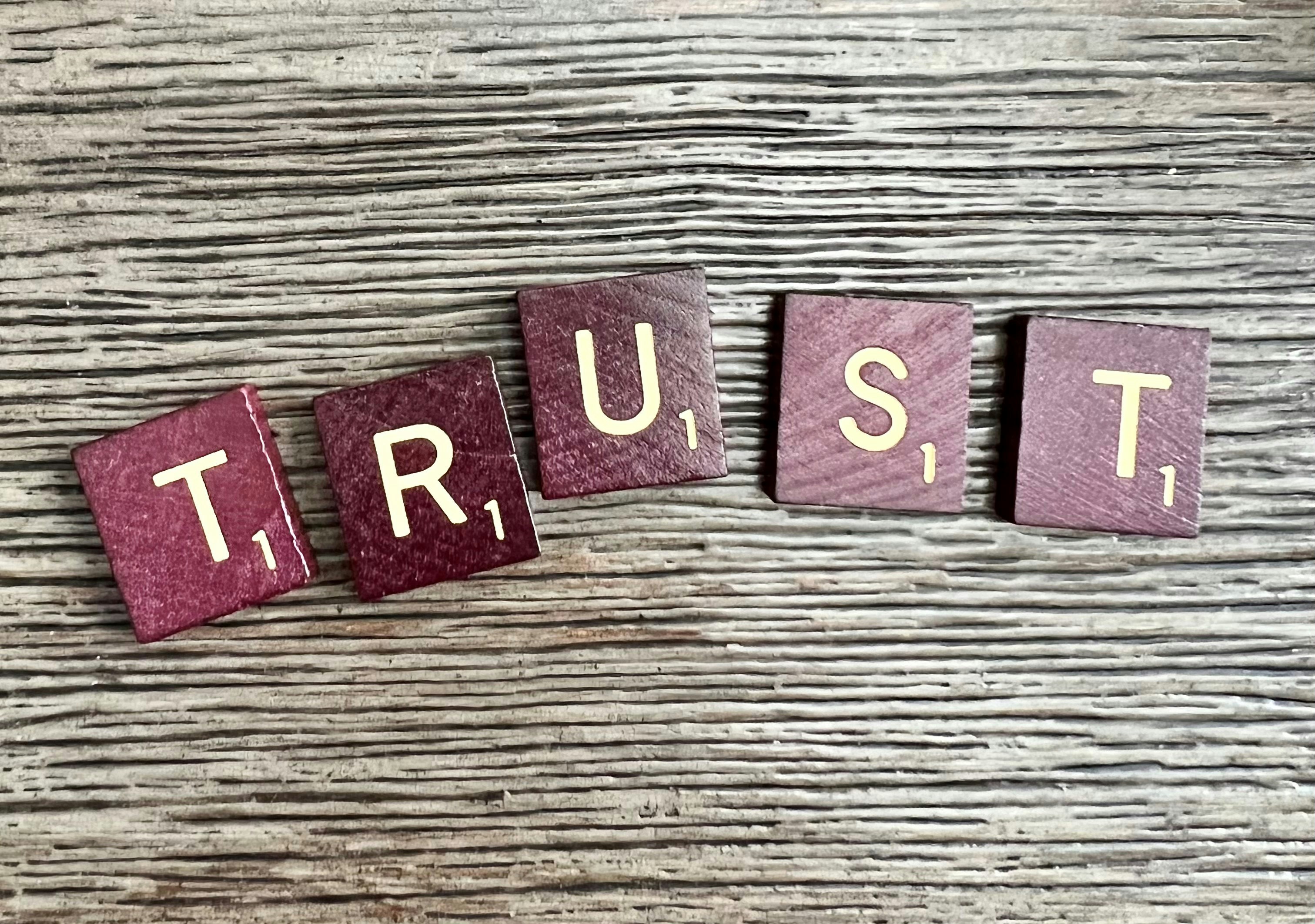Legal Ethics and Deepfakes: Safeguarding Truth Today
In an age where technology evolves at lightning speed, the emergence of deepfakes throws a significant curveball into the realm of legal ethics. With manipulated content capable of altering perceptions and disseminating misinformation rapidly, how can we, as a society, safeguard the pillars of truth and justice? This often-overlooked question is now more crucial than ever, particularly for legal professionals and the general populace alike. Let's dive into the intricate interplay between legal ethics and the burgeoning phenomenon of deepfakes.
The Rise of Deepfakes: A Double-Edged Sword
Deepfakes utilize artificial intelligence to create hyper-realistic but counterfeit audio and visual content. Whether for entertainment, marketing, or as a tool for nefarious purposes, they present a fundamentally challenging scenario. While they can produce incredible advancements in fields like theater and video production, their capacity to propagate misinformation constitutes a growing threat to the integrity of legal systems.
One cannot overlook the traumatic impacts of deepfakes in situations like defamation, where an innocuous video can be manipulated to ruin reputations overnight. These instances don’t just reflect the realities of misinformation; they raise serious questions about legal liabilities and ethical considerations that the legal field must swiftly address.
Legal Ramifications of Deepfakes
As deepfake technology proliferates, the legal landscape must evolve accordingly. Currently, there are gaps in legislation as lawmakers scramble to catch up with technological advancements. Here’s where legal professionals can leverage their expertise to watch over the integrity of truth.
Misinformation and Defamation Laws
Misinformation, particularly when disseminated as deepfake content, can quickly morph into a legal nightmare. Defamation laws typically revolve around false statements that damage a person's reputation, but deepfakes create a blurred line, challenging conventional definitions. In many jurisdictions, whether the content is labeled as satirical or has malicious intent can determine the legality of deepfake dissemination.
This reality underscores the importance of legal experts being proactive in adapting laws and educating clients on the nuances involved. Skewed realities can mislead judges and juries, making a firm understanding of these evolving technologies crucial. For instance, discussions around deepfake technology have been pivotal in aligning legal perspectives with digital realities.
Ownership and Copyright Challenges
With deepfakes often incorporating someone’s likeness or voice without consent, issues regarding intellectual property rights emerge. This brings us to the question of who truly owns the content produced. Is it the creator of the deepfake, the person whose likeness is used, or potentially a third party? Navigating these waters demands legal professionals possess a robust understanding of copyright laws and digital rights.
As we tread deeper into the ramifications of copyright, we can look at emerging discussions on ownership related to AI-generated art. This conversation appears in navigating copyright in AI-generated art, for example, and lays a framework for understanding how the digital landscape intersects with property rights.
Ethical Considerations for Legal Professionals
Legal professionals have an ethical obligation to safeguard the truth, uphold the law, and deliver justice. As deepfake concerns rise, so does the challenge for lawyers and justice workers to maintain their integrity when faced with increasingly manipulative content.
Transparency in Evidence Presentation
Imagine a courtroom where a deepfake is presented as evidence. The stakes become higher than simple audio or visual deception; the consequences can stretch across lives and reputations. Thus, legal professionals must educate themselves and others on identifying deepfake material to determine its admissibility in court. Workshops or training on technological phenomena could include valuable tools for discerning authentic evidence. Legal professionals could learn insights from essential legal advice in technology-centered environments to parallel the changing courtroom dynamics.
Duty to Inform Clients
In an era when misinformation can threaten public safety and individual rights, attorneys must fulfill their ethical duty to inform clients of the potential risks associated with deepfake technology. This also means guiding clients on the legal avenues available for protection against defamatory deepfakes.
While many legal disputes hinged on technology in the past have often been reactive, proactivity should define the modern approach. Understanding the implications of emerging technologies falls under the lawyer's purview—akin to staying updated with the latest advancements in privacy laws, as explored in quantum computing's legal implications.
Regulatory Responses: Can Law Keep Up?
Governments around the world are piecing together regulations aimed at combating the misuse of deepfake technology. Yet, this remains an uphill battle. Staying ahead of the curve requires a cohesive approach from legal professionals, technologists, and lawmakers.
Legislative Measures
Several countries have begun instituting strict regulations surrounding deepfakes, yet enforcement remains a challenge. Legal experts can play a vital role in informing and guiding legislative reform to ensure that laws not only acknowledge deepfake technology but also protect individuals from its adverse effects. The convergence of legislation and technology illustrates a parallel to other emerging fields, such as AI in environmental compliance.
International Laws and Cooperation
As the deepfake phenomenon transcends borders, it becomes evident that an international perspective is necessary. Cross-border cooperation can lead to a stronger regulatory framework, enabling varying jurisdictions to align on what constitutes ethical and legal uses of deepfakes. This insight resonates with the global discussions on digital compliance across borders.
The Role of Technology
Interestingly, technology may provide solutions even as it presents challenges. Advanced algorithms and AI can buttress systems to detect fake content before it spreads. Here's how innovative tech can help legal professionals maintain ethical standards.
Utilizing AI for Detection
Technology firms are developing tools designed to identify manipulated content. Legal professionals can incorporate these tools into their practices to scrutinize evidence efficiently, ensuring their role as guardians of truth is upheld.
Building Trust with Blockchain
Blockchain technology holds potential for establishing the provenance of content, allowing individuals to authenticate the true source of audiovisual material. This intriguing solution can reshape the legal approach to evidence and fair use, particularly in cases where deepfakes could interfere with objectivity.
Leveraging these technologies is a proactive way for the legal profession as a whole to face the challenges presented by deepfakes. As we observe with biohacking laws, where advanced technologies' ethical considerations must align with legal practices, we see this dynamic interplay cementing.
Final Thoughts: A Call to Action
As technology propels us forward into this uncharted territory, legal professionals must rise to the occasion. The deepfake phenomenon is not merely an issue related to misinformation; it is a pressing challenge that demands attention to legal ethics. By educating themselves, advocating for legislative changes, and leveraging emerging technologies, legal experts can work tirelessly to safeguard the truth in the digital era.
In the face of deepfakes and their ever-evolving landscape, it is your ethical duty not just to abide by the law but to redefine it. Let this be your call to action to advocate for righteousness in the age of augmented realities. Take a step today toward securing a more transparent future—both for your practice and your clients.














